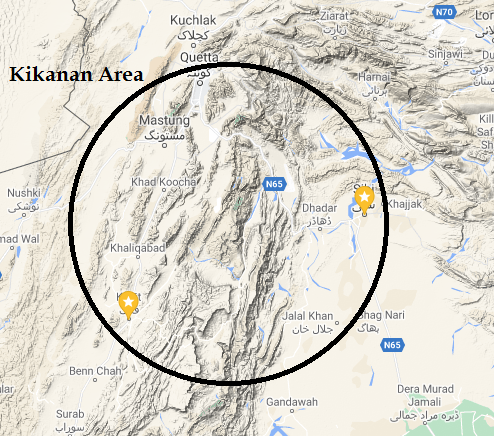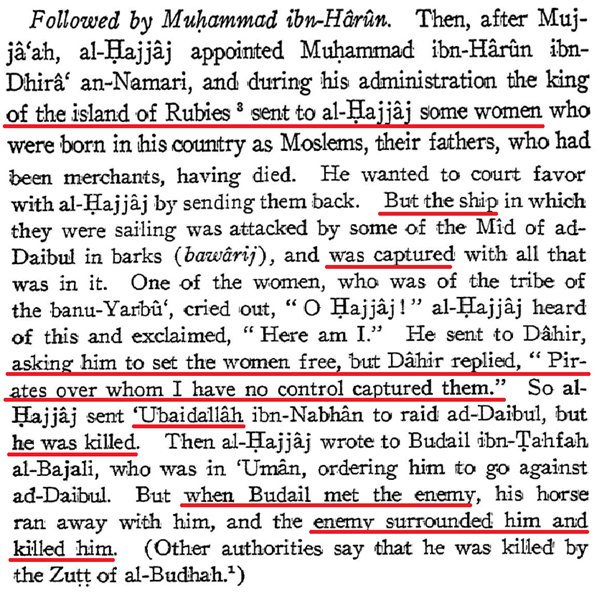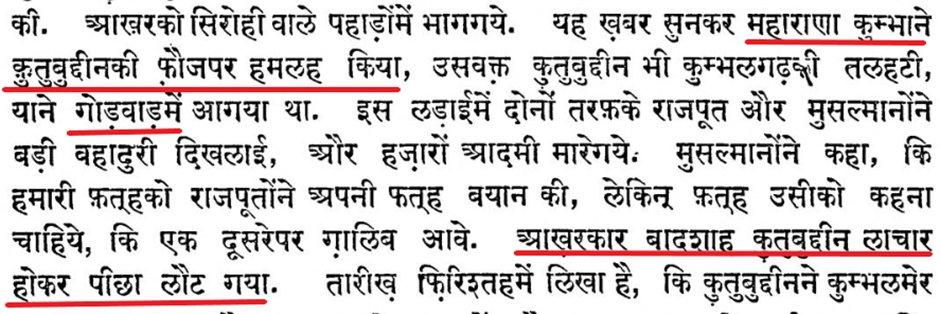1.
#Thread on the Arab Invasions of India, which took place before the famous bin-Qasim's invasion of Sindh.
This thread will narrate the story of hitherto-unsung *series of Hindu victories*, maintained for almost a century!
#Hindutva #HinduVictories #Sindh #India #Arabs
#Thread on the Arab Invasions of India, which took place before the famous bin-Qasim's invasion of Sindh.
This thread will narrate the story of hitherto-unsung *series of Hindu victories*, maintained for almost a century!
#Hindutva #HinduVictories #Sindh #India #Arabs

2.
610 CE: Prophet Muhammad had first revelation of Islam. Till 630, he went on to increase his followers & gain control of Mecca.
632: Abu Bakr was made caliph after Muhammad died. 634: Two years later, Umar I became caliph after Abu Bakr's death. Umar I reigned till 644.
610 CE: Prophet Muhammad had first revelation of Islam. Till 630, he went on to increase his followers & gain control of Mecca.
632: Abu Bakr was made caliph after Muhammad died. 634: Two years later, Umar I became caliph after Abu Bakr's death. Umar I reigned till 644.
3.
~636/637: During Umar I's reign, the first ever Arab invasion of India took place! It was a naval attack on Thane (nr Mumbai), ruled by Chalukya Pulakeshin II (one of the most ambitious Hindu rulers of ancient India)
The attack was repelled, with Hindu victory over Arabs!


~636/637: During Umar I's reign, the first ever Arab invasion of India took place! It was a naval attack on Thane (nr Mumbai), ruled by Chalukya Pulakeshin II (one of the most ambitious Hindu rulers of ancient India)
The attack was repelled, with Hindu victory over Arabs!



4.
637-643: Another naval attack on Bharuch was made by Arabs on al-Hakam's orders. Bharuch was then ruled by probably Dadda II Gurjara (of Lāṭa) / Vijayarāja Chalukya, depending on exact year of attack.
This attack was also a Gurjara/Chalukya victory for Hindus!
637-643: Another naval attack on Bharuch was made by Arabs on al-Hakam's orders. Bharuch was then ruled by probably Dadda II Gurjara (of Lāṭa) / Vijayarāja Chalukya, depending on exact year of attack.
This attack was also a Gurjara/Chalukya victory for Hindus!

5.
643: al-Hakam also ordered invasion of Sindh, which Muslim historians claim as victory. But, Chachnama declares it a Hindu victory. Sindh was then ruled by Chach of Alor (Aror).
Arabs didn't gain anything by this naval attack on the port of Debal (Karachi), the Hindus won.

643: al-Hakam also ordered invasion of Sindh, which Muslim historians claim as victory. But, Chachnama declares it a Hindu victory. Sindh was then ruled by Chach of Alor (Aror).
Arabs didn't gain anything by this naval attack on the port of Debal (Karachi), the Hindus won.


6.
The news of Arab defeat in Sindh was a serious anomaly for the Caliph's ears, which were habituated to hearing of victories in whichever direction the Musl!m armies went.
Such was the demoralisation, that even the next Caliph Uthman, didn't dare attack India till his death!
The news of Arab defeat in Sindh was a serious anomaly for the Caliph's ears, which were habituated to hearing of victories in whichever direction the Musl!m armies went.
Such was the demoralisation, that even the next Caliph Uthman, didn't dare attack India till his death!
7.
660-663: In the reign of Caliph Ali, al-Harith raided the area of Kikanan (Kalat-Sibi area in Pakistan). Arabs tasted success in this raid. However, in three years, the Arab commander was k!lled & Arabs were repelled.

660-663: In the reign of Caliph Ali, al-Harith raided the area of Kikanan (Kalat-Sibi area in Pakistan). Arabs tasted success in this raid. However, in three years, the Arab commander was k!lled & Arabs were repelled.


8.
During ~660-680, 6+ Arab attacks took place on Kikanan. But, the Hindus resisted and Arabs didn't gain any territory despite frequent attacks.
Thereafter till 705 CE, the Caliphate experienced multiple civil wars. Kabul & Zabul Shahis defeated Arabs twice during this period!
During ~660-680, 6+ Arab attacks took place on Kikanan. But, the Hindus resisted and Arabs didn't gain any territory despite frequent attacks.
Thereafter till 705 CE, the Caliphate experienced multiple civil wars. Kabul & Zabul Shahis defeated Arabs twice during this period!
9.
708-711 CE: In the reign of Caliph al-Walid I, al-Hajjaj (the Governor of Iraq) sent two Arab armies to attack Raja Dahir of Sindh. Raja Dahir first defeated the Arabs near Debal and k!lled Ubaidullah!
708-711 CE: In the reign of Caliph al-Walid I, al-Hajjaj (the Governor of Iraq) sent two Arab armies to attack Raja Dahir of Sindh. Raja Dahir first defeated the Arabs near Debal and k!lled Ubaidullah!

10.
al-Hajjaj sent another commander, Budail, from Oman to attack Sindh. Budail fought a pitched battle with Jaisimha, Dahir's son. Budail was surrounded by Hindus & k!lled by Jaisimha. Arabs were again defeated at the frontiers of India!
al-Hajjaj sent another commander, Budail, from Oman to attack Sindh. Budail fought a pitched battle with Jaisimha, Dahir's son. Budail was surrounded by Hindus & k!lled by Jaisimha. Arabs were again defeated at the frontiers of India!

11.
It was in the aftermath of this stoic defiance of the Hindus of Sindh for ~70 years, that al-Hajjaj sent a larger expedition by land, as well as naval help, under Muhammad bin Qasim in 711 CE.
It was in the aftermath of this stoic defiance of the Hindus of Sindh for ~70 years, that al-Hajjaj sent a larger expedition by land, as well as naval help, under Muhammad bin Qasim in 711 CE.
12.
Hindus had almost a century-long time period of victories against the Arab invaders before bin Qasim - both naval, as well as on land.
Valour of such unsung victors should be widely acknowledged & celebrated. It's a pride of the whole Hindu society!
#Hindutva #History
Hindus had almost a century-long time period of victories against the Arab invaders before bin Qasim - both naval, as well as on land.
Valour of such unsung victors should be widely acknowledged & celebrated. It's a pride of the whole Hindu society!
#Hindutva #History

• • •
Missing some Tweet in this thread? You can try to
force a refresh























